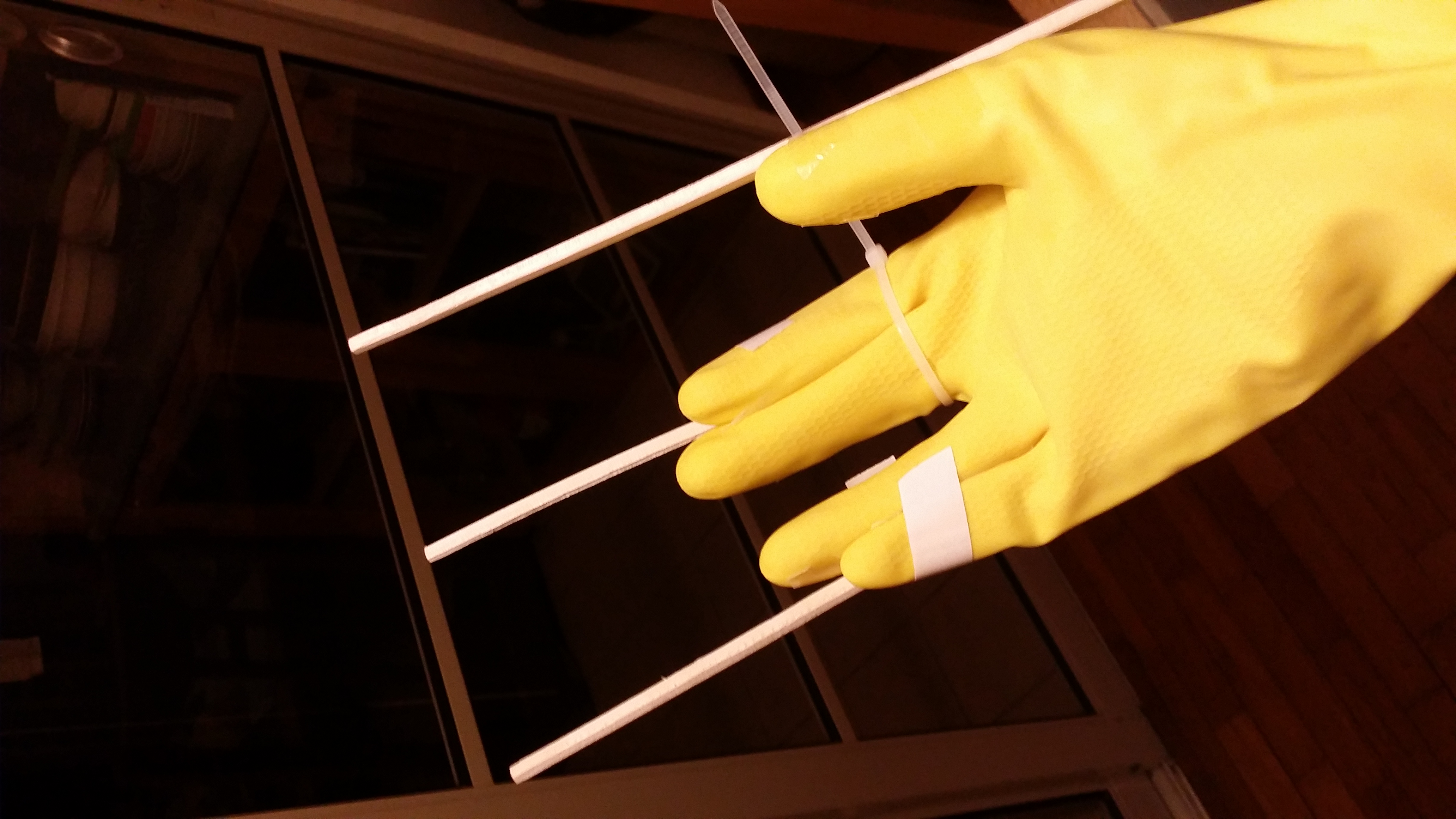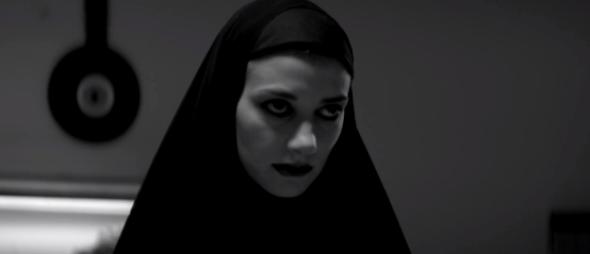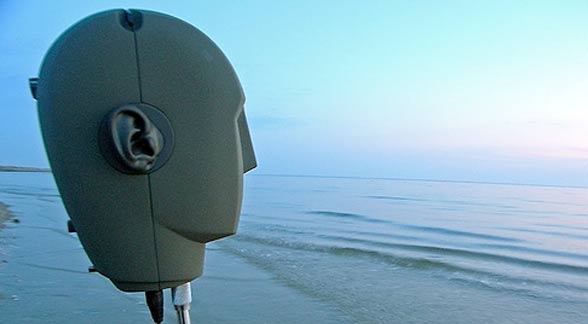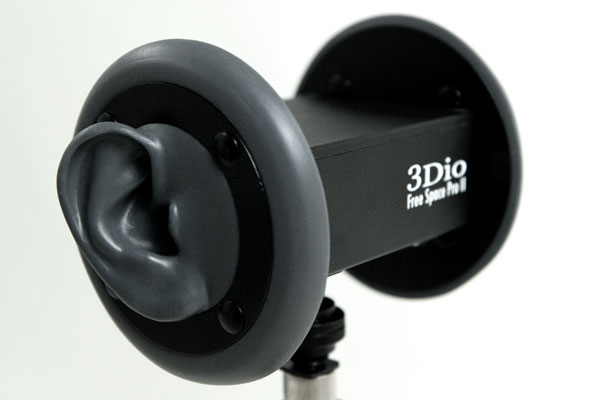For this assignment I aimed to alter the way in which the user’s hands interact with the 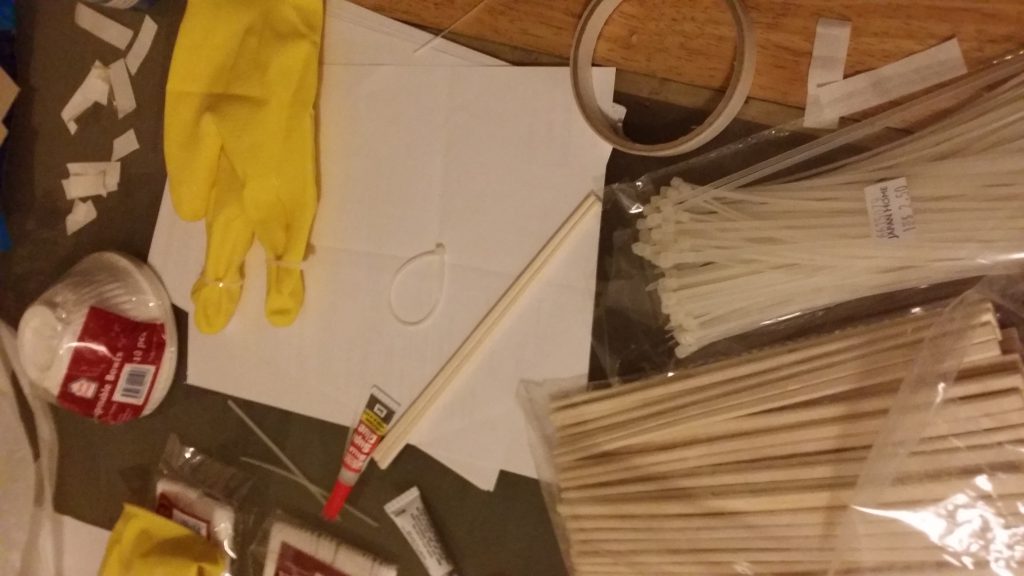 world.
world.
It started off with the idea to remove the thumb. Opposable thumbs are such a key part of how we interact with day to day objects that is often not thought about until it’s gone.
Picking up a coin, grabbing a door knob, using smart phones etc, Animals without thumbs that work like ours often have a much harder time and require the integration of another limb/jaw or object to enact leverage and torque.
Additionally reducing the number of fingers on the hand also reduces the dexterity, especially when the first two fingers and the last two fingers are bound. This is compounded by the fact that moving the middle finger also requires the ring finger to follow to a certain extent.
And with all this, I decided to create a pair of gloves to re-create this configuration; of having no thumb and only two fingers.
I used a pair of rubber gloves restricted the thumb and combined the fingers using superglue.
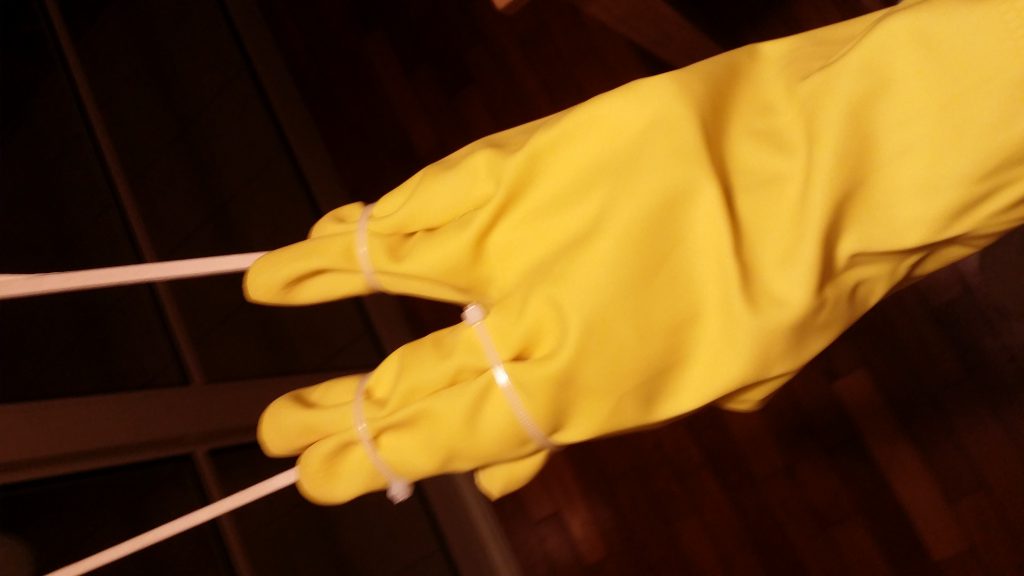
Additionally I also tried a variation wherein I extended the fingers by using chopsticks.
An Interesting point to note is the pivot point at which I attach these chopsticks.
If connected at the first knuckle they serve quite well as a means of extended reach with only a marginally less ability to enact force.
However the further back the choice of knuckle goes, the less dexterous it becomes for the user, also chopsticks being so thin and the gloves not being so stable a base for the chopsticks led me to scrapping this idea entirely.
Although I do think it looked much better.
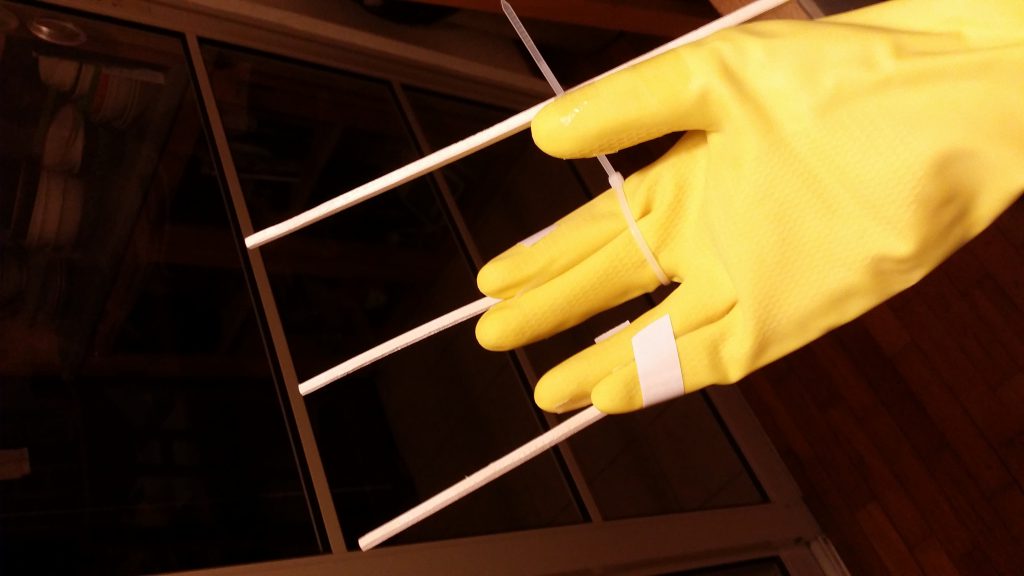
Finally, I set a task for the user wearing the gloves to do, stacking cups/small bowls. which proved, as expected, to be much harder without the use of the thumb (and further compounded by the glove’s lack of grip.
I also found usage of smartphones to be relegated to the use of two hands instead of being able to do a singular palm grip with thumb for navigation, even taking the phone out of the pocket was a bit of a challenge.
I also found it to feel much better to directly bind the fingers using cable ties, but that led to the worry of reduced circulation. But it was also much more aesthetically pleasing.
